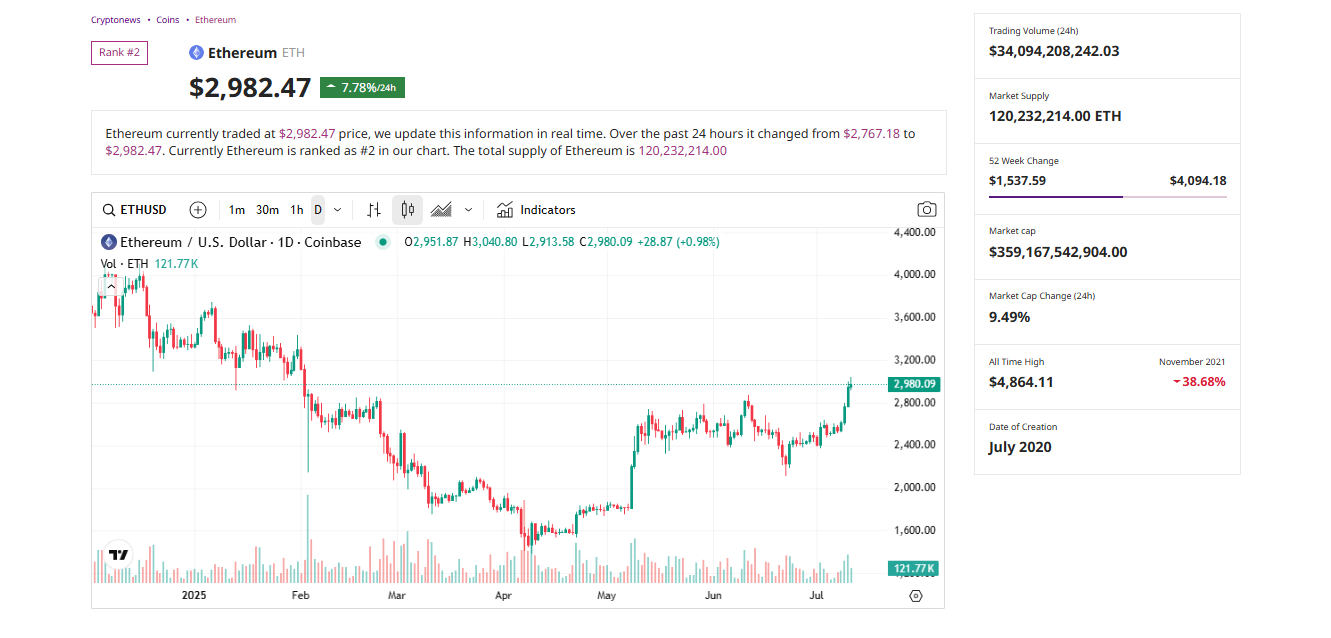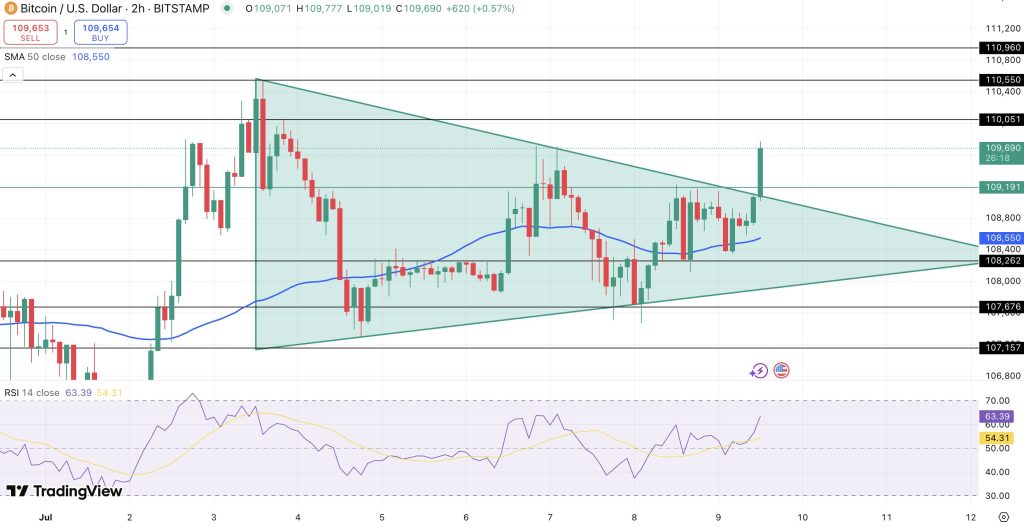The Internal Revenue Service said Wednesday that it’s increasing the amount that individuals can contribute to their 401(k) plans in 2024 to $23,000, up from $22,500 for 2023, while also pushing up the limit for individual retirement accounts to $7,000, as part of its annual cost-of-living adjustments while inflation continues to rise, with some new wrinkles reflecting changes in the SECURE 2.0 Act.
The IRS also released technical guidance on other cost‑of‑living adjustments affecting dollar limitations for pension plans and other retirement-related items for tax year 2024 in Notice 2023-75.
The contribution limit isn’t only going up for 401(k) and IRA plans, but for others as well. For employees who participate in 401(k), 403(b) and most 457 plans, along with the federal government’s Thrift Savings Plan, the limit is rising to $23,000, up from $22,500.
The limit on annual contributions to an IRA increased to $7,000, up from $6,500. The IRA catch‑up contribution limit for individuals aged 50 and over was amended under the SECURE 2.0 Act to include an annual cost‑of‑living adjustment but remains $1,000 for 2024.
The catch-up contribution limit for employees aged 50 and over who participate in 401(k), 403(b), and most 457 plans, as well as the Thrift Savings Plan remains $7,500 for 2024. Therefore, participants in those plans who are 50 and older can contribute up to $30,500, starting in 2024. The catch-up limit for employees who are 50 and over who participate in SIMPLE plans will stay at $3,500 for 2024.
The income ranges for determining eligibility to make deductible contributions to traditional IRAs, to contribute to Roth IRAs, and to claim the Saver’s Credit have all increased for 2024.
Taxpayers are able to deduct contributions to a traditional IRA if they meet specific conditions. If during the course of the year either the taxpayer or the taxpayer’s spouse was covered by a retirement plan at work, the deduction may be reduced, or phased out, until it’s eliminated, depending on filing status and income. (If neither the taxpayer nor the spouse is covered by a retirement plan at work, the phase-outs of the deduction do not apply.)
Here are the phase‑out ranges for 2024:
- For single taxpayers covered by a workplace plan, the phase-out is rising to between $77,000 and $87,000, up from between $73,000 and $83,000.
- For married couples who file jointly, if the spouse making the IRA contribution is covered by a workplace plan, the phase-out is increased to between $123,000 and $143,000, up from between $116,000 and $136,000.
- For an IRA contributor who’s not covered by a workplace plan and is married to someone who is covered, the phase-out is increased to between $230,000 and $240,000, up from between $218,000 and $228,000.
- For a married individual filing a separate return who’s covered by a workplace plan, the phase-out is not subject to an annual cost-of-living adjustment and remains between $0 and $10,000.
The income phase-out range for taxpayers making contributions to a Roth IRA has increased to between $146,000 and $161,000 for singles and heads of household, up from between $138,000 and $153,000. For married couples filing jointly, the income phase-out range is increased to between $230,000 and $240,000, up from between $218,000 and $228,000. The phase-out range for a married individual filing a separate return who makes contributions to a Roth IRA is not subject to an annual cost-of-living adjustment and remains between $0 and $10,000.
The income limit for the Saver’s Credit (also known as the Retirement Savings Contributions Credit) for low- and moderate-income workers is $76,500 for married couples filing jointly, which is up from $73,000; $57,375 for heads of household, up from $54,750; and $38,250 for singles and married individuals filing separately, up from $36,500.
The amount individuals can contribute to their SIMPLE accounts has increased to $16,000, up from $15,500.
The SECURE 2.0 Act, which was passed at the end of 2022 as part of the Consolidated Appropriations Act of 2023, made a number of other changes, including the following:
- The limitation on premiums paid with respect to a qualifying longevity annuity contract went to $200,000; it will remain the same for 2024.
- The law also added an adjustment to the deductible limit on charitable distributions. For 2024, that limitation increased to $105,000, up from $100,000.
- The law also added a deductible limit for a one-time election to treat a distribution from an individual retirement account made directly by the trustee to a split-interest entity. For 2024, this limitation has increased to $53,000, up from $50,000.
For more specifics, see Notice 2023-75.
Credit: Source link











